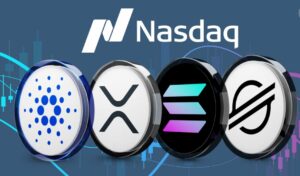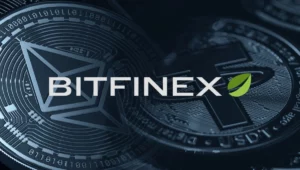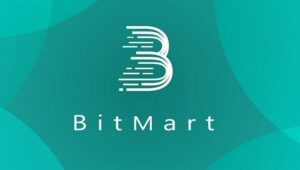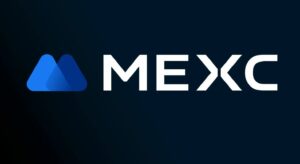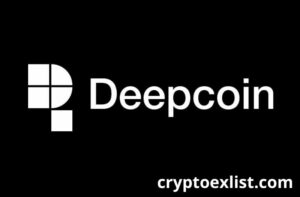
The world of digital payments is changing fast, and Mastercard is taking a big step into the future of money. On April 29, 2025, the global payments giant announced a new partnership with crypto exchange OKX and payments processor Nuvei. Their goal? To make it easier for people to spend stablecoins, digital currencies designed to hold a steady value, at everyday merchants.
This new move brings stablecoins closer to real-world use. Instead of only being used for trading or storing value, stablecoins could soon be used like regular money, thanks to this collaboration.
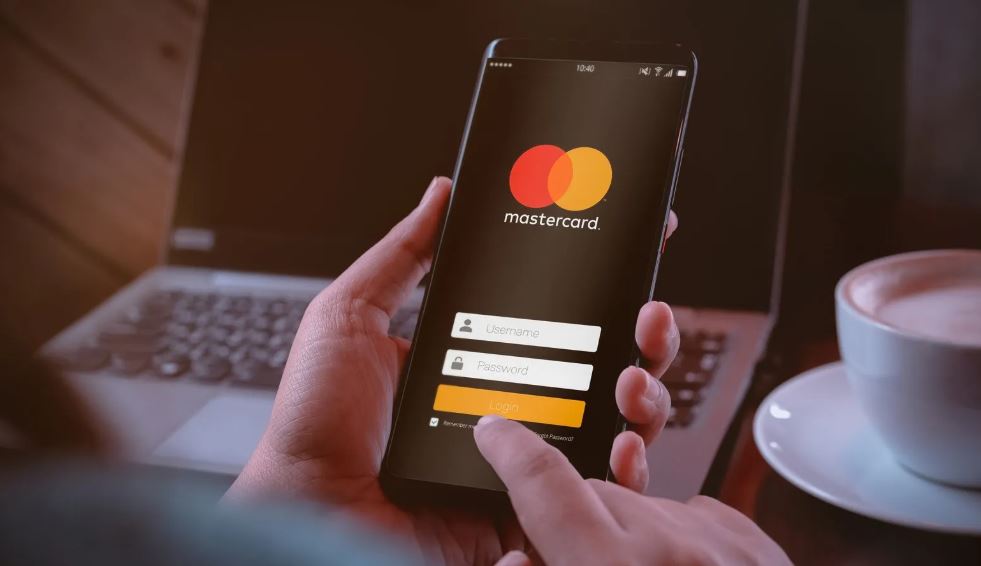
What Are Stablecoins?
Stablecoins are cryptocurrencies that are tied to a fixed asset, usually the U.S. dollar. That means their price doesn’t go up and down as much as Bitcoin or Ethereum. For example, 1 USDC (a popular stablecoin from Circle) is meant to always be worth $1.
Because of their stability, these coins are often used by traders who want to avoid the high volatility of other cryptocurrencies. Now, Mastercard wants to help bring them into everyday use.
How the Partnership Works
The partnership between Mastercard, OKX, and Nuvei will create a complete system for stablecoin payments. OKX, a major crypto exchange, will launch a new crypto card with Mastercard. This card will let users spend their stablecoins directly from their wallets.
At the same time, Nuvei will build the infrastructure to allow stores and businesses to accept these payments. This work is being supported by Circle, the company behind the USDC stablecoin.
With this system, people will be able to buy products and services using stablecoins at merchants that accept Mastercard. There are currently over 150 million of them worldwide.
Mastercard’s Crypto Journey So Far
This isn’t Mastercard’s first step into crypto. Over the past few years, the company has built relationships with several major players in the digital asset space. These include:
- Crypto exchanges like Binance, Kraken, Crypto.com, and Bybit
- Payment service providers like Monavate and Bleap
- Fintech companies like Circle
Now, with its new focus on stablecoins, Mastercard is showing that it believes in the future of digital money, not just as an investment, but as a real payment tool.
Jorn Lambert, Mastercard’s Chief Product Officer, said the company believes stablecoins can “streamline payments and commerce across the value chain.” He added, “Unlocking this is core to how we navigate the rapidly changing world, giving people and businesses the freedom they want by providing the choices they deserve.”
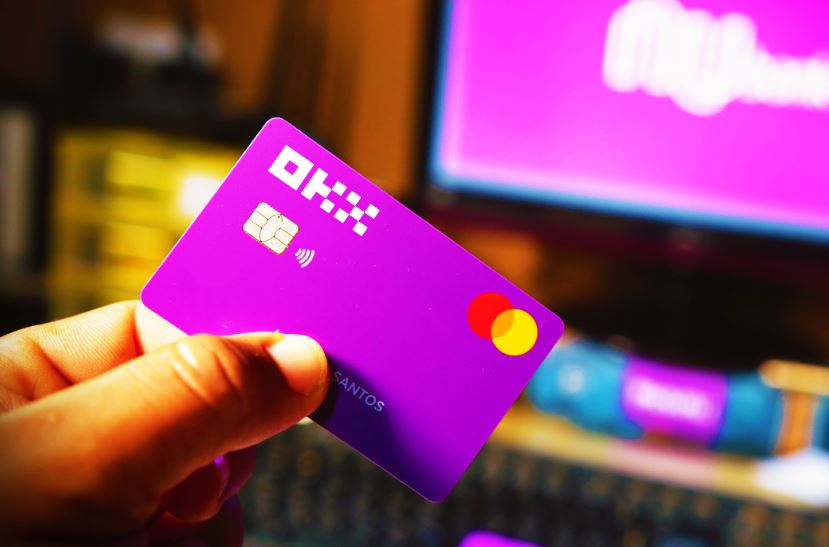
Stablecoins Gain Popularity in 2025
This news comes as stablecoins are becoming a bigger part of the financial conversation. In 2025, more people and businesses are using stablecoins for payments. Luxury retailers like Dorsia now accept crypto, including stablecoins, while apps like Signal are exploring Bitcoin and other tokens for peer-to-peer payments.
Even governments are starting to pay attention. In New York, lawmakers have introduced a bill to allow people to pay state taxes using digital currencies like Bitcoin and stablecoins.
At the same time, the U.S. Securities and Exchange Commission (SEC) has issued guidance saying that some types of stablecoins are not considered securities. This could make it easier for companies to offer stablecoin-based services without worrying about regulatory problems.
However, the SEC has not yet clarified its position on algorithmic and yield-bearing stablecoins, which could affect how some coins are used in the future.
CBDCs and Mastercard’s Vision
In addition to stablecoins, Mastercard is also investing in research and development around Central Bank Digital Currencies (CBDCs). These are digital versions of traditional currencies, such as a digital dollar issued by the U.S. Federal Reserve.
In a recent earnings call, Mastercard CEO Michael Miebach said the company is working with banks around the world to help develop and test CBDC systems. He also said the company is exploring how smart contract technology can be combined with these new digital forms of money.
Smart contracts are pieces of code that run automatically when certain conditions are met. They can make payments faster, safer, and more transparently. This could be a key part of how digital money works in the future.
Why This Matters
Mastercard’s latest move could be a major turning point for stablecoins. Until now, many people have held stablecoins in their wallets but found few places to actually spend them. With a Mastercard-backed crypto card and support from OKX and Nuvei, that could change very soon.
This kind of innovation could also help crypto go mainstream. If stablecoins can be used for everyday purchases just like credit cards or debit cards, more people might be willing to try digital currencies.
For businesses, this opens up a new way to accept payments, especially in markets where traditional banking is slow or expensive. And for the global economy, it brings us one step closer to a world where digital money flows as freely as cash or credit.
The Road Ahead
As with any new technology, there are still questions about how stablecoin payments will work in practice. Will merchants adopt the infrastructure? Will users feel comfortable spending their crypto? And how will regulators respond as usage increases?
Still, Mastercard’s strong brand and massive merchant network could give this project a real chance at success. With more than 150 million locations accepting Mastercard, the potential for stablecoin adoption is huge.
For now, the future looks promising. With major companies like Mastercard, OKX, and Nuvei working together, stablecoins may finally be ready to make the leap from the blockchain into everyday life.



